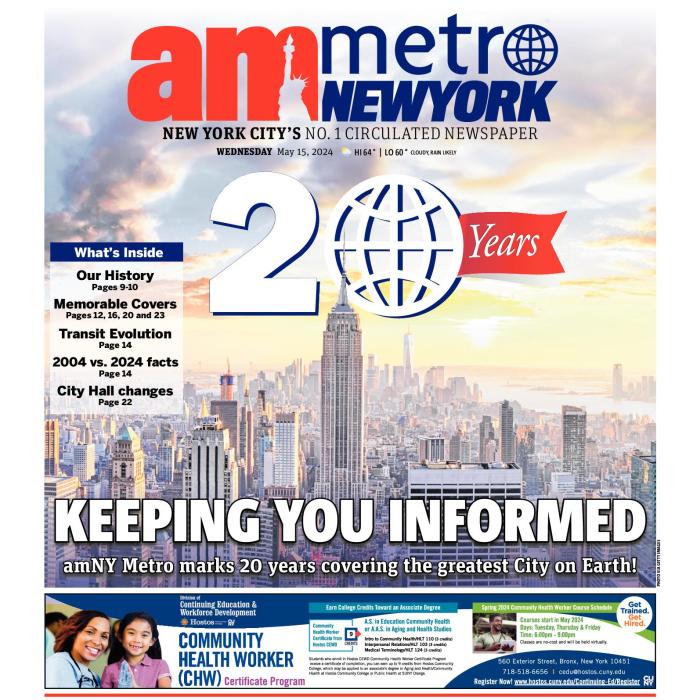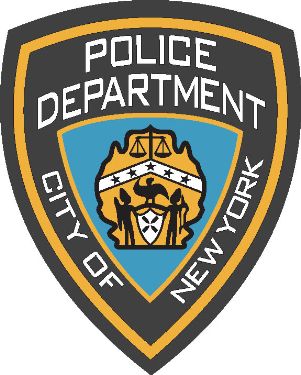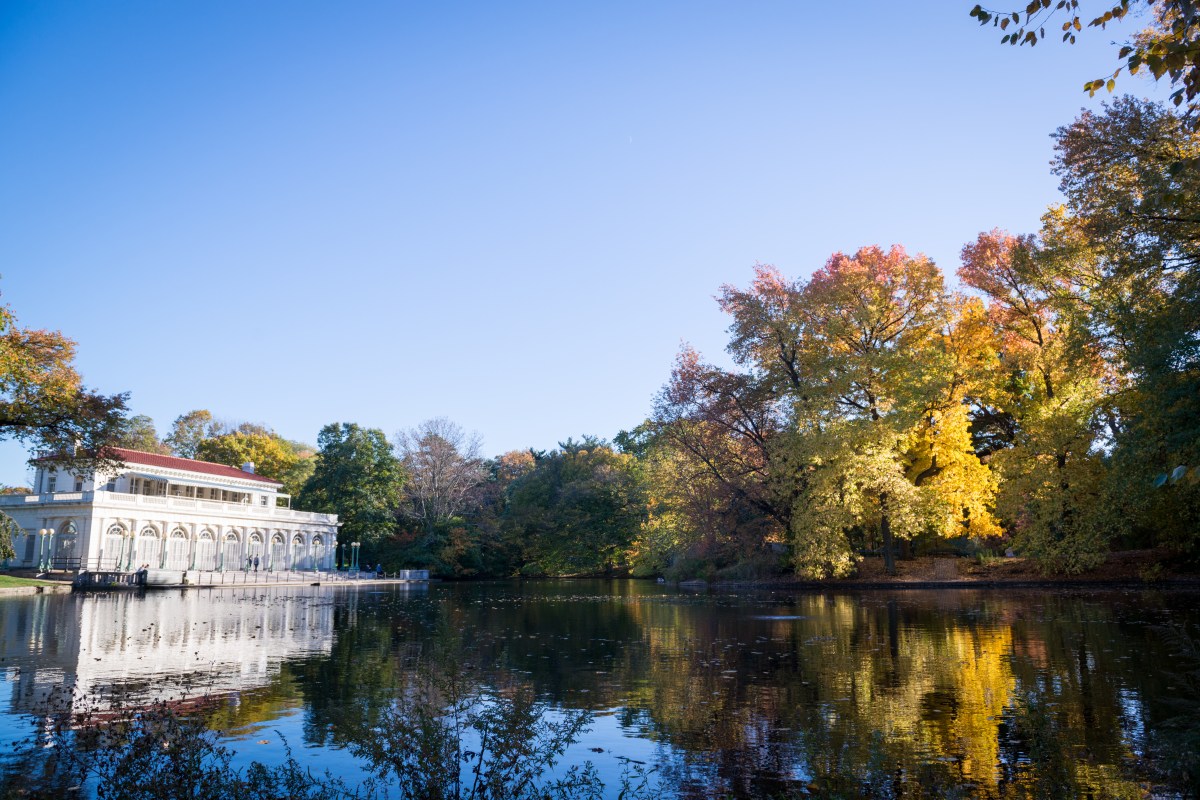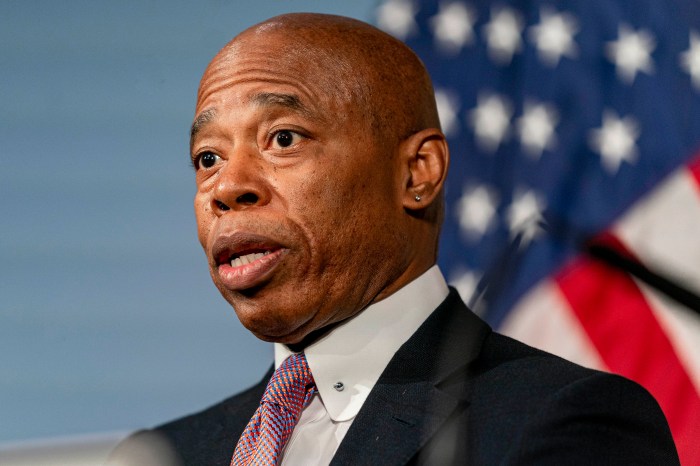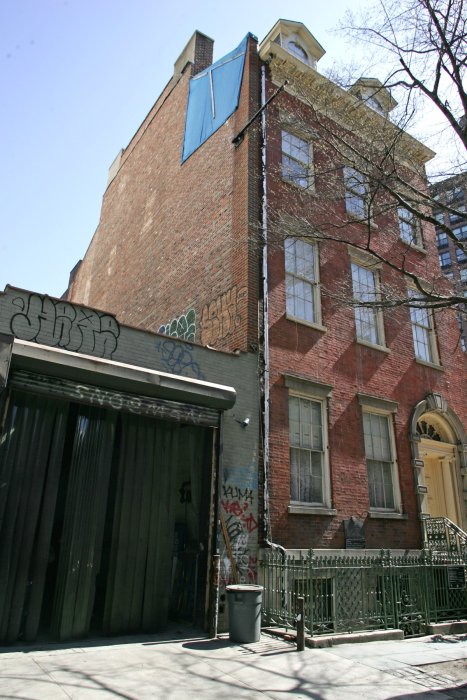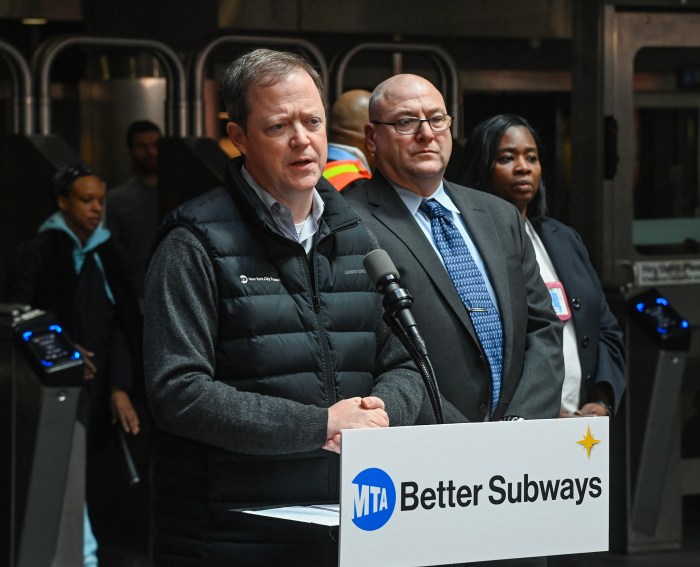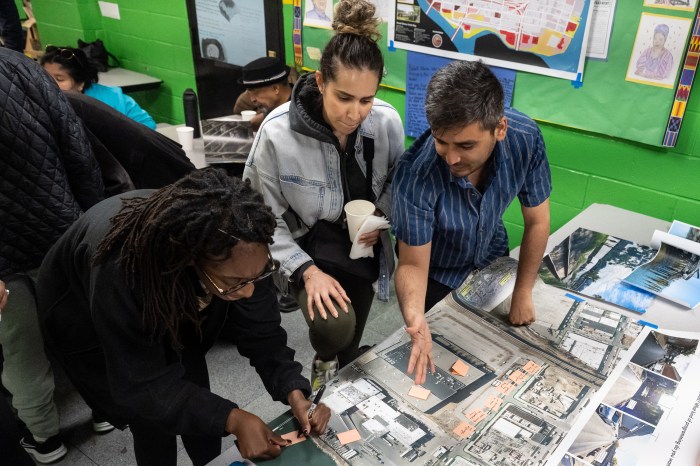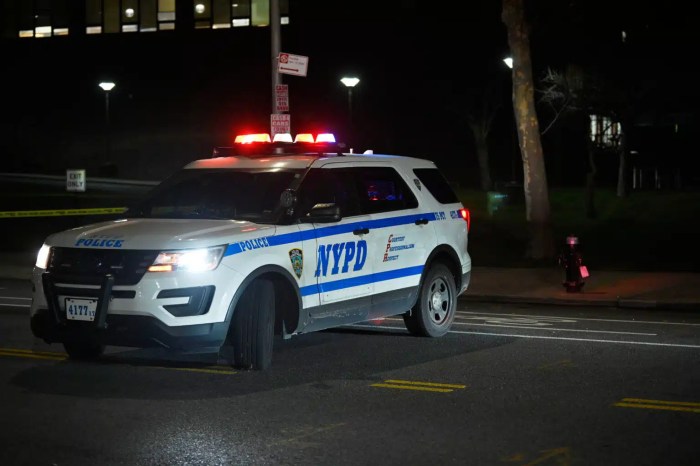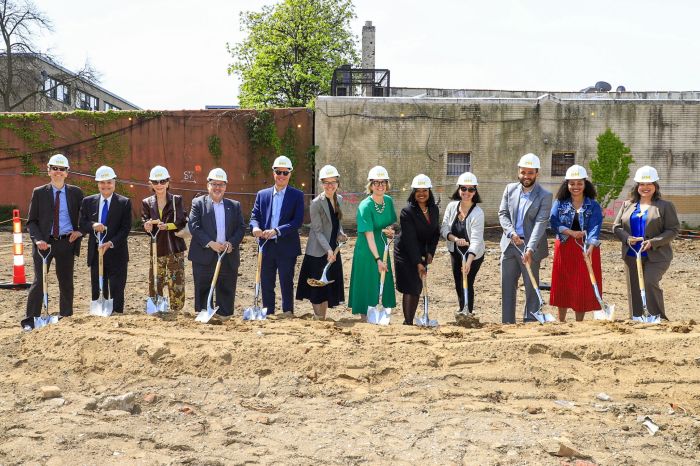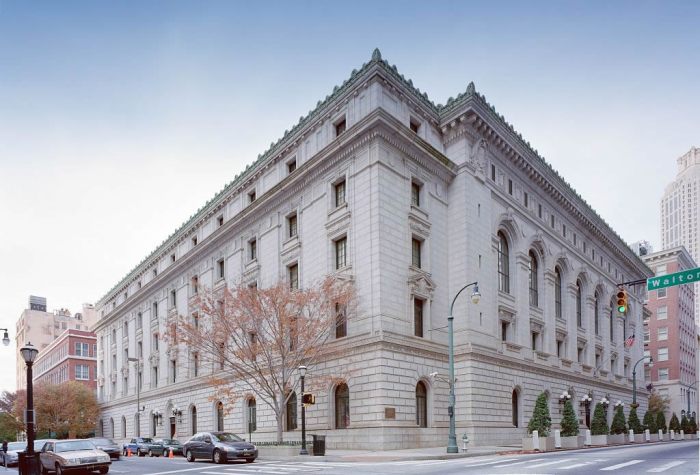On Monday, The New York Times reported that a federal judge has ruled that the New York Police Department illegally arrested large numbers of demonstrators at a protest in Lower Manhattan during the 2004 Republican National Convention. Yet, at the same time, the judge — Richard J. Sullivan of Federal District Court — upheld certain aspects of how the city handled the protesters’ arrests.
The case concerned a march that occurred on Fulton St. on Aug. 31, 2004, during which more than 200 protesters were corralled with orange nets and arrested. The lawsuit was filed by one group of protesters who were arrested but claimed false arrest. The ruling opens the doors for the city to potentially have to pay damages to more protesters who were arrested at this march.
The judge ruled that police, before making a mass arrest of this kind, needed to know that every individual involved had broken the law.
“An individual’s participation in a law-breaking group may, in appropriate circumstances, be strong circumstantial evidence of an individual’s own illegal conduct,” the judge wrote in his decision, according to the Times. “But, no matter the circumstances, an arresting officer must believe that every individual arrested personally violated the law. Nothing short of such a finding can justify arrest. The Fourth Amendment does not recognize guilt by association.”
Interestingly, the judge, at the same time, rejected the plaintiffs’ arguments that the city had violated the protesters’ First Amendment rights by not issuing them summonses and releasing them but instead by putting them through the courts, detaining and fingerprinting them, and then making them appear before a judge. Obviously, all these measures meant that the protesters were tied up in the legal system and not allowed to get back on the streets to try to keep disrupting the R.N.C.
The Times reported that the judge found that the no-summons policy passed constitutional muster because it was a response “to a threat derived from intelligence sources — namely, that demonstrators aimed to ‘shut down the City of New York and the R.N.C.’ through ‘continuous unlawful behavior,’ ” and that they “would be undeterred by the issuance of summonses.” Sullivan, in his ruling, noted that the policy was only in place “for the brief duration the threat existed.”
Both sides praised parts of the ruling. The city’s Law Department said the decision validated the city’s policy to fingerprint as opposed to issue summonses to the arrested protesters, given the “extraordinary security challenge” that the demonstrators posed during the R.N.C.
(During the R.N.C., the Police Department used Pier 57, at W. 17th St. in Chelsea, as a holding center for the arrested protesters, leading it to be dubbed “Guantanamo on the Hudson.” At the time, this newspaper reported how protesters were held there, in unsanitary conditions in a former bus depot, for up to 50 hours in some cases without being arraigned on their charges — far beyond the established 24-hour limit. Again, it was clear that the city was bent on keeping the protesters off the streets until after Bush and Cheney had delivered their speeches and the convention was over.)
Meanwhile, the New York Civil Liberties Union noted that Sullivan, in his ruling, had “emphatically rejected” the city’s argument that it could arrest protesters in mass groups.
Obviously, not all will be happy with Sullivan’s ruling — especially free-speech advocates, who will say the ruling is “a slippery slope” toward losing our free speech and our freedoms, or that it supported the city’s effort to “stifle dissent.” But the judge did declare that the arrests were illegal, and that is vitally important to have on the record. Plus, the ruling also clears the way toward the settlement of other outstanding arrest cases from the R.N.C.
